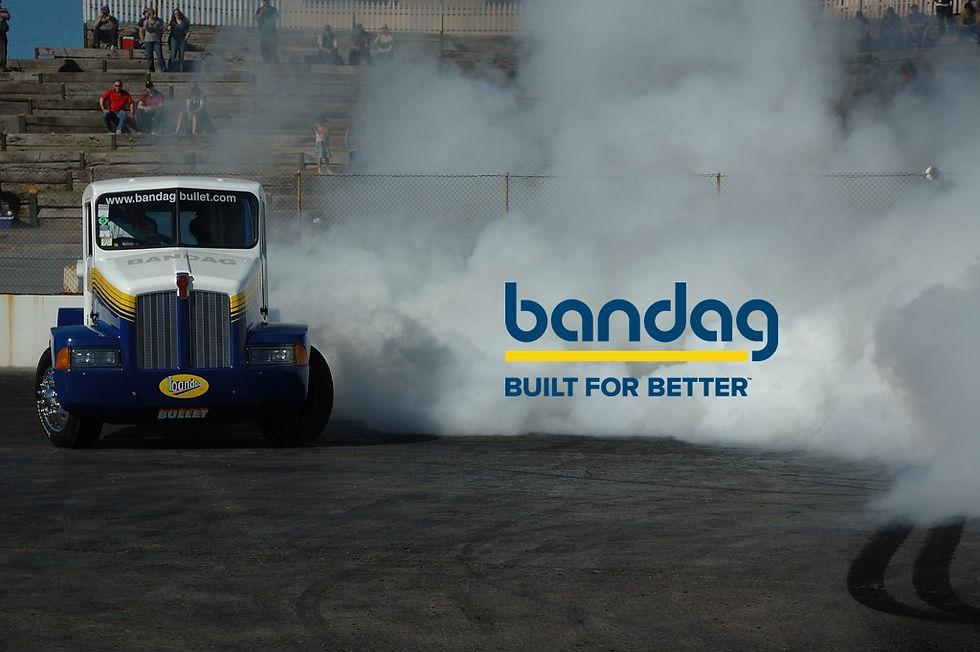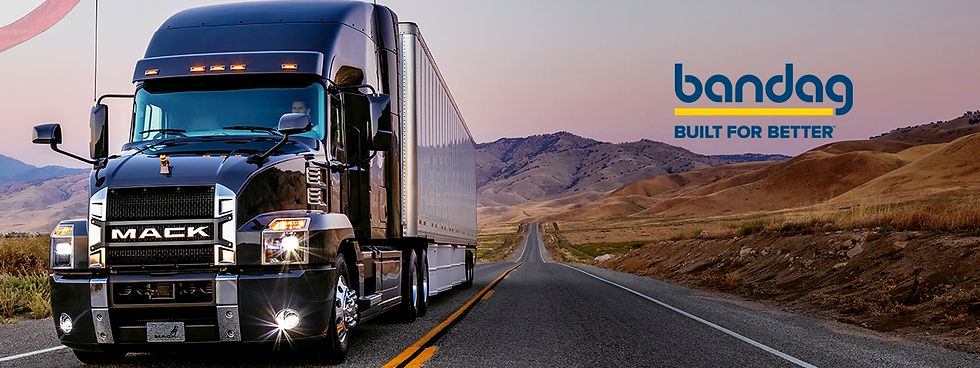

Retread Tyres, New Tyres, Tyre Repairs,Fleet Solutions,Training




EAST LONDON
Eastern Cape South Africa

Vulcanised Tyre Repairs
When the unfortunate damage of a Truck, Bus, Tractor or Earthmover tyre happens, all is not lost.
On inspection of a tyre most damage can be safely and reliably repaired with a hot valcanisation repair process.
A Vulcanised repair of a tyre involves preparing the injury, by removing all damaged rubber and body plies. The injury is then filled with uncured rubber and reinforced with a patch also bonded to the tyre with uncured rubber.
The repair areas are cured under heat and pressure. The uncured rubber will start to flow during the curing process, filling all injuries and bonding the patch permanently to the tyre. This forms a permanent seal that will not leak or fail.
When is a puncture repair acceptable
Puncture repairs should be limited to the crown area of the tire, which is the center of the tread approximately 3 to 4 cm in from each shoulder. Puncture repairs are also restricted by size and should not be larger than 10 mm in diameter.
It’s also important to note that there are exactly zero advocates of the old “patch only” repairs. Even the smallest hole in the deepest tread block will allow water and moisture into the injury, which leads to corrosion in the belts. This is a virtual death sentence for every radial(steel) truck tire because the technician has no idea how much corrosion is in place under the tread.
More casings are lost to patch-only repairs than any other type of improper repair. Sure, they hold air and get the driver back on the road. But the end result is either a scrap casing or a blowout. Failing to remove the damaged cables creates the type of instability that leads to belt and sidewall separations.
When is a Vulcanized repair (section repair) Required
Injuries in the crown area that are larger than 10mm as well as those located in the shoulder and sidewall must receive a section repair that requires additional time, tools and equipment most commonly associated with retread plants where the technicians are trained to use special tools to remove the damage and fill the void with raw rubber so it can be cured in a press or chamber.
A large reinforced repair unit is also installed on the inner liner of the tire and the tread design is re grooved after the raw rubber has cured. This type of repair ensures future casing retreadability, road safety and trouble free miles for the rest of the tyre life.
Why pay extra for a Vulanised factory repair.
Unless you have xray vision any damage on the inside of the tire cannot be detected, the vulcanized factory repair restores the integrity of the tyre or identifies potential problems.
Proper tire repair also protects the casing so the tire can either be retreaded or returned for credit.
a vulcanized factory repair cost slightly more than a puncture repair, but a whole lot less than the price of a replacement tyre.
For Safety and Reliability
All repairs done in our factory are hot vulcanised repairs, whether it's repair with retread or repair only. We only use Rema Tip-Top repair products renowned for their high standards and durability together with Bandag extruder rope and HD 30 cushion for filling and bonding the patch.

